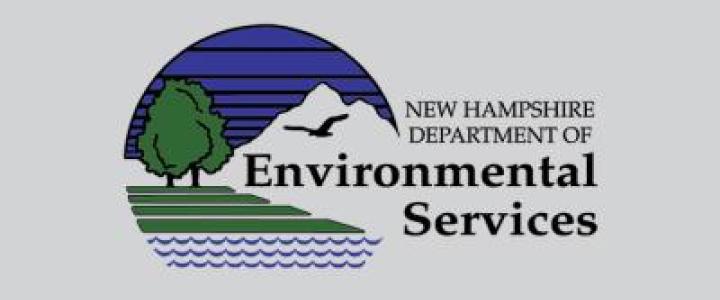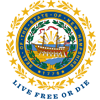
EPA Announces New Drinking Water Health Advisories for PFAS Chemicals
On Wednesday, June 15, 2022, the US Environmental Protection Agency (EPA) announced several non-enforceable health advisories for certain Per- and Polyfluoroalkyl Substances (PFAS), including new interim health advisories for Perfluorooctanoic Acid (PFOA) and Perfluorooctane sulfonate (PFOS), as well as final health advisories for GenX and Perfluorobutane sulfonic acid (PFBS). More information on these advisories can be found at EPA Drinking Water Health Advisories (HAs).
The New Hampshire Department of Environmental Services (NHDES) is pleased to see that the EPA is acting on PFAS contamination in our nation’s water supplies. NHDES has been a leader among states working to remediate PFAS contamination, including having some of the strictest enforceable PFAS drinking water standards or Maximum Contaminant Levels (MCLs) in the country for PFOA, PFOS, Perfluorononanic Acid (PFNA) and Perfluorohexanesulfonic Acid (PFHxS). NHDES looks forward to reviewing the science that EPA used to develop these advisories, which EPA will make available to the states once it has been fully vetted and peer reviewed. EPA’s interim health advisories recommend that states take actions that NHDES has aggressively been implementing for more than six years. NHDES continues its unwavering commitment to these actions. NHDES understands that today’s actions by EPA are a first step toward EPA’s development of enforceable MCLs for PFOA and PFOS, which EPA plans to propose before the end of 2022 and to issue as a final regulation in 2023. NHDES looks forward to engaging with EPA throughout these efforts, and to communicating with the public and with public water systems to help them understand what actions are being taken.
In addition to the implementation of four enforceable PFAS MCLs, NHDES has undertaken the following actions related to PFAS contamination in New Hampshire:
- Aggressive testing of thousands of private and public water supply wells since 2016.
- Working to ensure that parties responsible for contamination conduct appropriate site investigation, including sampling of drinking water wells; and remedial actions, including the largest groundwater investigation in the state’s history.
- Extensive work to provide safe alternate drinking water to impacted water systems and to hundreds of private well owners.
- Extensive review and investigation of New Hampshire’s manufacturing facilities, commercial businesses, landfills, fire training sites, and other potential sources of PFAS contamination.
- Early establishment of enforceable ambient groundwater quality standards (AGQS) by emergency rule in 2016, and more stringent AGQS in 2019.
- Hired a toxicologist and risk assessor to assist in establishing risk-based AGQS and drinking water MCLs – established by rule in 2019 and as a matter of law in 2020.
- Worked with NH Legislature and Governor to establish appropriate authority to regulate air emissions.
- Partnered with USGS to perform a statewide survey of PFAS levels in shallow soils, and to study leachability of PFAS in various soil types.
- Surveys of PFAS levels in shellfish, deer, and freshwater fish.
- Extensive sampling and analysis of PFAS levels in wastewater, wastewater sludge and biosolids, and land application sites.
- Extensive and continued outreach to impacted communities and citizens through a dedicated webpage, blog, countless telephone and email communications, and numerous in-person and remote public meetings.
- In addition, the State of New Hampshire initiated litigation against manufacturers and distributors of PFAS in 2019.



